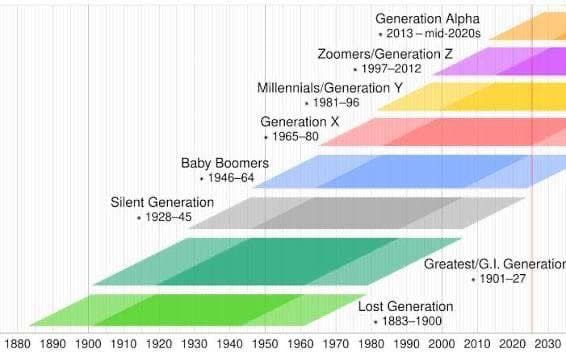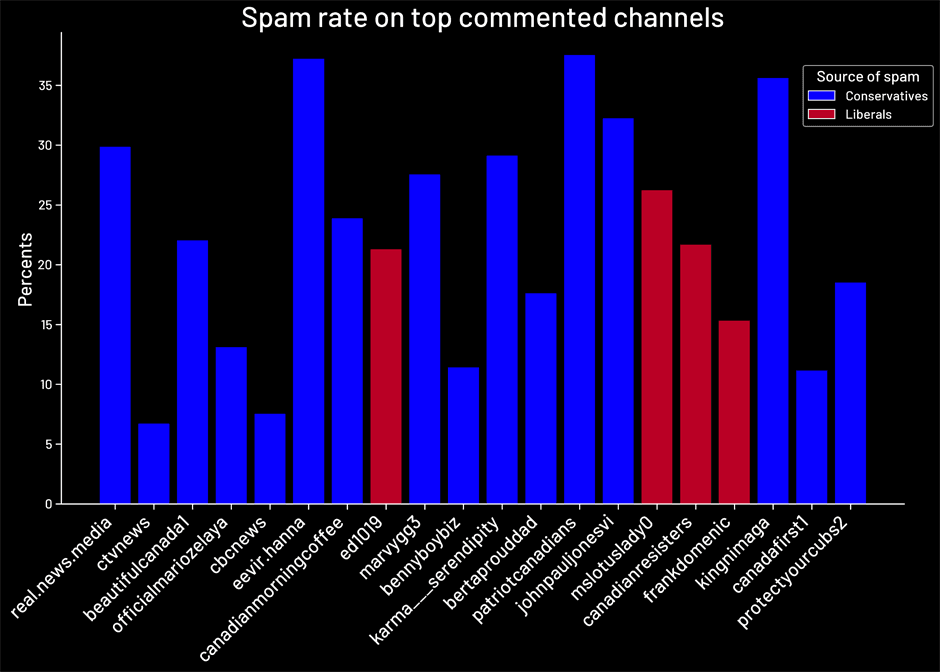By 2030, individuals under the age of 45 are projected to comprise 60% of the U.S. electorate, according to demographic analysis. This shift is prompting increased efforts from older generations, particularly pro-Israeli Boomers, to engage in current political activities.
The demographic landscape of the American electorate is undergoing significant changes. Each year, approximately 1.4 to 1.7 million Silent Generation voters and 1.0 to 1.2 million Boomer voters are expected to pass away. Concurrently, around 2.6 million Gen Z voters are anticipated to join the voter rolls annually. Neither the Democratic nor Republican parties currently hold a strong influence over Gen Z voters.
As of now, Boomers represent about 26.5% of the electorate, a decrease from over 30% in 2016 and more than 28% in 2020. This percentage is projected to decline to 22% by 2030. The Silent Generation, known for its conservative voting patterns, is expected to decrease from approximately 9% today to about 5% by 2030.
Gen X"s share of the electorate is forecasted to drop from around 24% today to 22.5% in 2030. In contrast, Millennials and Gen Z are set to dominate the electorate, collectively accounting for about 60% of voters by 2030. Millennials are expected to increase their share from approximately 27.5% to 35%, while Gen Z voters are projected to double their representation from about 12.5% to 25%.
For related coverage on recent developments in U.S. politics, see this article.


![[Video] Lebanese Foreign Minister launches diaspora voter registration campaign](/_next/image?url=%2Fapi%2Fimage%2Fthumbnails%2Fthumbnail-1762640451054-cw0wko-thumbnail.jpg&w=3840&q=75)





